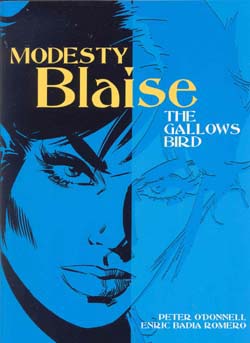 Â
Â
By Peter O’Donnell & Enric Badia Romero (Titan Books)
ISBN: 1-84023-868-2
The latest compilation of Modesty Blaise tales is not only timeless adventure in its purest form, but also manages to capture the current pop-culture zeitgeist by reprinting tales that originally appeared in that oddly magical year 1973. Combining style and derring-do with masterful story-telling and entrancing art is always going to produce wonderful results, but managing it twice with the same strips must be something of a world record!
The strips in question begin with ‘The Bluebeard Affair’ as Modesty and Willie Garvin are asked to help an old friend whose niece is in line to become the forth dead wife of that ruthless and sardonic charmer Baron Rath. The hedonistic French Riviera and heavily-fortified Villa Beaumaris provide a vivid backdrop to a suspenseful tale of damsels in distress, whilst the creepy daughters of the Baron supply macabre menace aplenty.
‘The Gallows Bird’ is a more traditional crime-caper set in New Orleans, as a blackmail plot to drown the city embroils our heroes in a murderous duel with a retired southern Colonel and his hanging-obsessed bride.
Willie’s protégé and British agent-in-training Maude Tiller returns as a kidnap victim in a scheme to free a soviet super-spy from a British prison in ‘Wicked Gnomes’, a light-hearted but no less thrilling romp that pits the adventurers against a sinister espionage corporation and a truly bizarre pair of eccentric assassins.
The jungles of New Guinea are the setting for the final tale. ‘The Iron God’ fairly rattles along, with the duo crashing their light plane deep in head-hunter territory, rescuing a native nurse from killers, discovering a long-lost rival criminal from their past massing the tribes for his own nefarious purposes, and contesting all and sundry for the secrets of an abandoned World War II Japanese treasure horde. Once again this strip courted controversy in its initial publication, as many bare native breasts were on show, although this time Modesty gets to keep her own top on (mostly).
How censorship affected the series at a time when society, and especially the newspaper industry was daily discovering the commercial value of undraped mammary glands is addressed in a bonus feature that compares printed episodes of the strip – heavily redrawn and censored – with the original art supplied by Spanish artist Enric Badia Romero – who probably couldn’t understand what all the fuss was about.
More than three decades later it’s quite odd to realise just what a big deal this kind of racy material was, and just how vehement the opposition to it could be. I trust this will be all the warning you need, should you be of a sensitive disposition, and that such sights won’t discourage you from reading these tales of one of the lost gems of adventure fiction.
© 2006 Associated Newspapers/Solo Syndication.
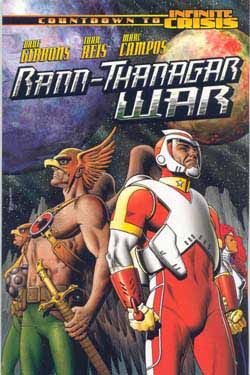 Â
 
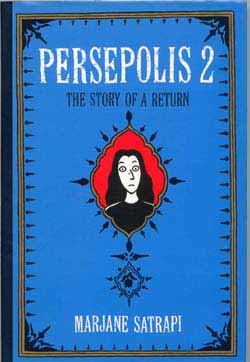 Â
 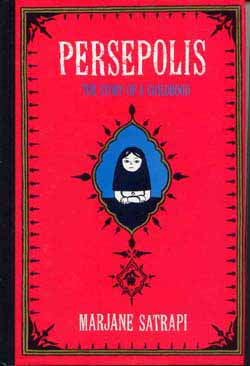 Â
 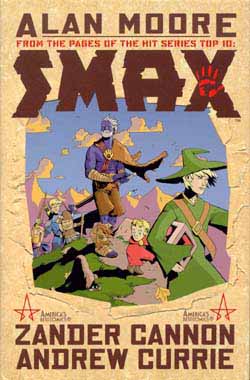 Â
 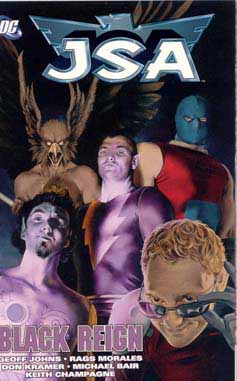 Â
 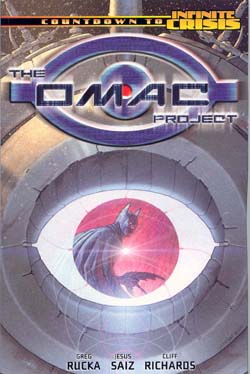 Â
  Â
 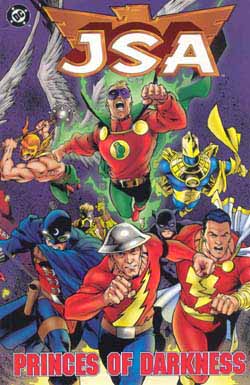 Â
 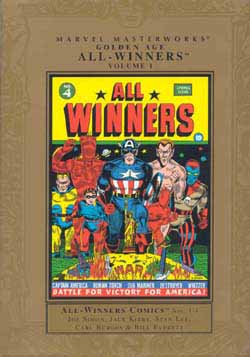 Â
 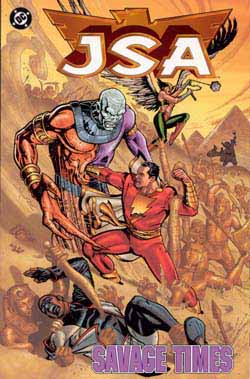 Â
Â